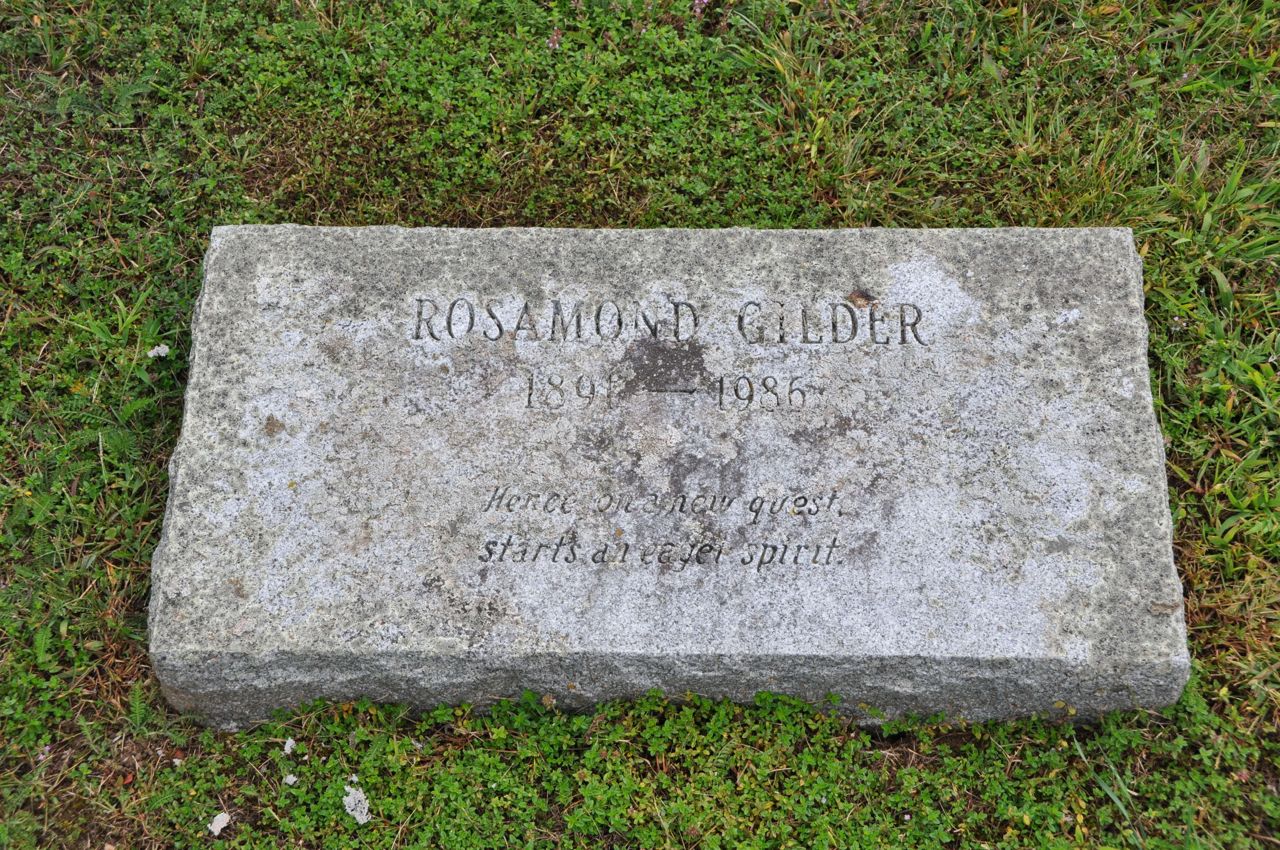Rosamond Gilder (1891–1986)

Pioneer of American Theater and Cultural Diplomacy
Born Janet Rosamond de Kay Gilder on July 17, 1891, in Marion, Massachusetts, Rosamond Gilder emerged as a prominent American theater critic, arts administrator, and cultural advocate, carrying forward the creative and intellectual legacy of her family.
She was the daughter of Richard Watson Gilder, the revered poet and editor, and Helena de Kay Gilder, a painter and arts patron. Raised in the cultivated environment of Four Brooks Farm, Rosamond inherited a passion for the arts and civic engagement. Her upbringing among some of the most influential writers, reformers, and artists of the Gilded Age shaped her career in the performing arts.
Rosamond made her mark as an influential figure in the development of American theater. As a founding member and later president of the International Theater Institute, she worked tirelessly to build cross-cultural collaborations through the performing arts. She was employed by the Federal Theatre Project in the 1930s, during the New Deal era, contributing to one of the boldest government initiatives to support the arts.
Her accomplishments earned her a Guggenheim Fellowship in 1950—recognition of her vital role in advancing American theater on the world stage.
She was also a key figure in preserving and promoting the legacy of her extended family, which included her brother Dr. Rodman Drake de Kay Gilder, her niece Julia Gilder, and her nephew Richard Watson Gilder II, a U.S. pilot killed in World War II. Her paternal uncles and aunts included some of the 19th century’s brightest lights: William Henry Gilder, Joseph Benson Gilder, John Francis Gilder, Robert Fletcher Gilder, and Jeannette Leonard Gilder.
Rosamond passed away in New York City on September 5, 1986, leaving behind a legacy of cultural leadership and a vision for the arts that transcended borders.
Her personal papers are held in the Billy Rose Theatre Division of the New York Public Library for the Performing Arts, and her voice remains preserved in the WPA Oral Histories Collection at George Mason University.